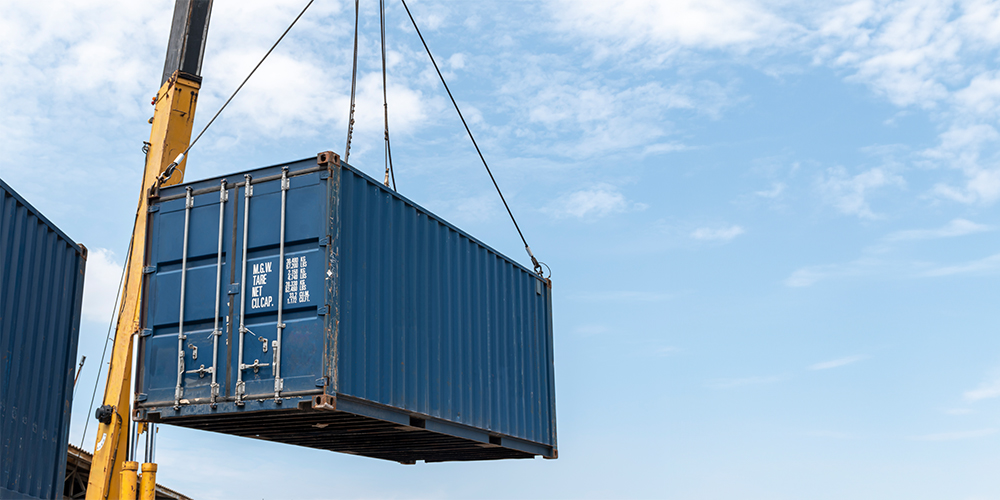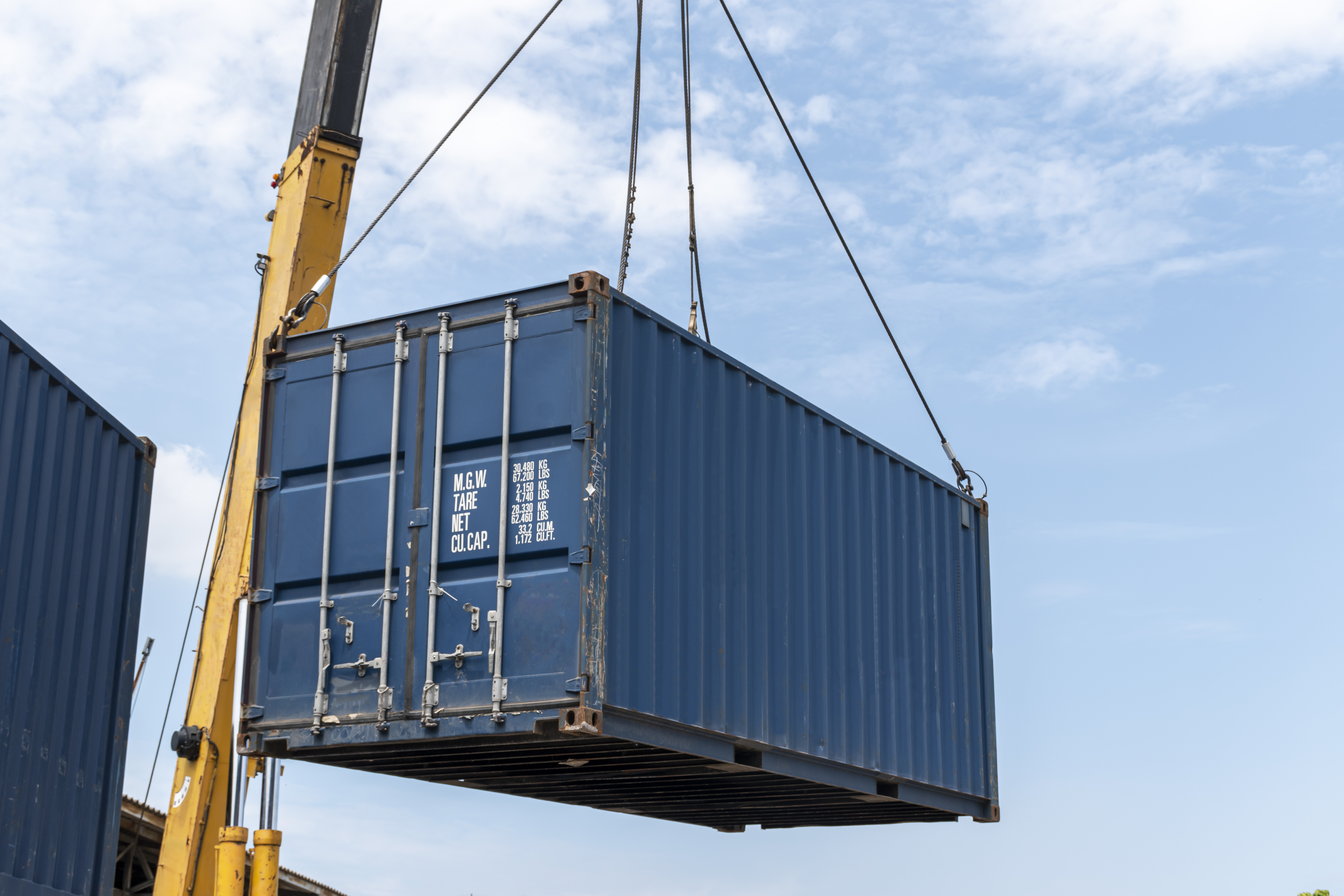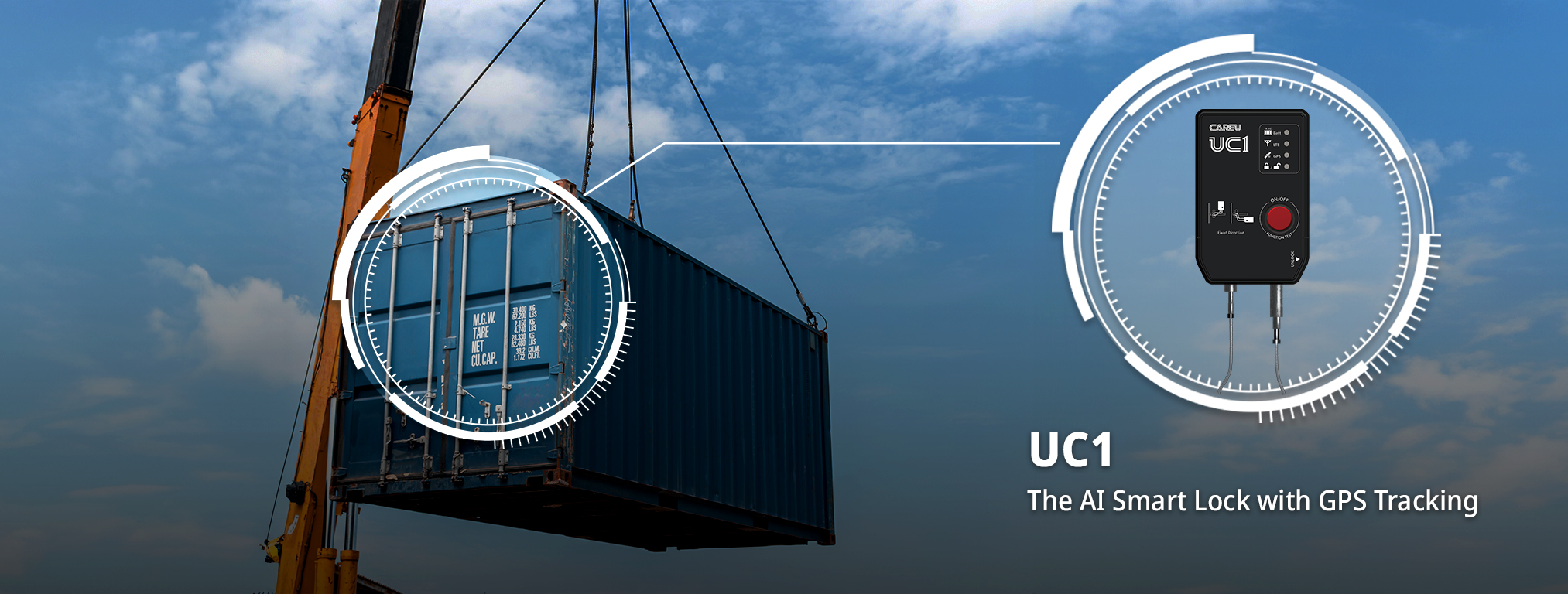- Home
- SUCCESS STORIES
- Success Stories
- AI-Powered Asset Management for Sustainability and Carbon Reduction
AI-Powered Asset Management for Sustainability and Carbon Reduction

Introduction
One of the most significant contributors to greenhouse gas emissions is the transportation and logistics sector, where inefficient asset management and excessive fuel consumption continue to pose challenges. For businesses operating in this space, reducing carbon emissions is not just an environmental goal but a critical step in staying competitive.
The integration of modern technologies, such as smart asset trackers, plays a crucial role in addressing these environmental concerns. These tools enable companies to optimize their operations, cut unnecessary costs, and ultimately make substantial progress toward sustainability.
Sustainability has rapidly evolved from being a corporate buzzword to a core business strategy. Across the globe, industries are feeling the impact of shifting consumer expectations, stricter environmental regulations, and the undeniable effects of climate change.
As awareness of environmental issues grows, businesses are being called upon to play a key role in the transition to a greener economy. This increasing focus on sustainability affects nearly every aspect of business operations, from supply chain management to product development and customer engagement.
Consumers are now more conscious of the environmental impact of the products they buy and the companies they support, often favoring businesses that demonstrate a clear commitment to reducing carbon emissions, minimizing waste, and conserving natural resources.
The Challenge of Traditional Asset Management
Before the advent of modern tracking technologies, businesses faced significant challenges in managing their assets and vehicle fleets effectively. Traditional asset management relied heavily on manual processes, which were not only labor-intensive but also prone to errors and inefficiencies. For companies with large fleets or valuable, high-risk assets, these challenges posed a serious risk to their operations, resulting in higher costs, delayed workflows, and security vulnerabilities.
One of the most persistent issues was the lack of real-time visibility over assets and vehicles. Businesses were often left in the dark about the exact location of their equipment, containers, or vehicles, making it difficult to manage them efficiently. This lack of transparency often led to lost or misplaced assets, longer response times in case of theft, and increased downtime due to delays in identifying problems with equipment or vehicles. Without real-time tracking, companies had to rely on outdated or incomplete data, which resulted in poor decision-making and slower operations.
Another major problem was inefficient fleet management. Businesses that managed large vehicle fleets faced numerous difficulties in tracking vehicle usage, fuel consumption, and maintenance schedules. Vehicles that were underused or overused often resulted in imbalanced workloads, higher fuel costs, and unplanned downtime due to inadequate maintenance. In turn, these inefficiencies added to operational expenses, while also increasing wear and tear on vehicles, leading to more frequent breakdowns and higher repair costs.
Security was also a pressing concern for businesses relying on traditional asset management methods. Asset theft or tampering was common, particularly when it came to valuable or mobile assets like cargo containers, heavy machinery, or vehicles. Without proper tracking and monitoring systems in place, businesses struggled to secure their assets and respond quickly to security breaches. This lack of control resulted in financial losses and operational disruptions, which could severely impact profitability and business continuity.
Furthermore, the high labor costs associated with manually tracking assets and fleets presented yet another challenge. Companies often needed to employ additional staff to monitor and manage their assets, whether it was checking vehicle logs, inspecting equipment, or overseeing security measures. These processes were not only costly but also inefficient, leading to delayed responses and slower workflows.
SYSTECH’s AI Solution: Advanced Tracking with UC1 and UA1
Designed with cutting-edge technology, these devices provide real-time visibility, enhanced security, and efficient data management for businesses across various industries. By leveraging these tools, companies can significantly improve operational efficiency, reduce costs, and contribute to environmental sustainability.
UC1: The AI Smart Lock with GPS Tracking
Key Features and Benefits
-
Advanced GPS Tracking: The UC1 utilizes cutting-edge GPS technology to offer real-time tracking of containers and assets. This feature enables businesses to monitor the precise location of their cargo at all times, significantly reducing the risk of theft or misplacement. With the ability to receive alerts and notifications, companies can respond swiftly to any unauthorized movements or security breaches.
-
Multiple Access Control Options: Security is paramount, and the UC1 offers various methods for controlling access to container doors. Users can choose from RFID cards, Bluetooth connections, or manage access through a centralized fleet management platform. This flexibility allows businesses to implement tailored security protocols that fit their operational needs, ensuring that only authorized personnel can access valuable assets.
-
Durability and Resilience: Built to withstand challenging environments, the UC1 boasts an IP68 rating, making it both water and dustproof. Its robust construction ensures that it can endure harsh weather conditions and potential impacts, providing peace of mind for businesses operating in rugged locations. The IK07 impact certification further guarantees that the UC1 can withstand physical shocks, reinforcing its durability.
-
Long-Lasting Battery Life: One of the standout features of the UC1 is its 6,600 mAh rechargeable battery, which can provide up to 30 months of operation with just one daily report. This long battery life minimizes maintenance needs and reduces operational disruptions, allowing businesses to focus on their core activities without worrying about frequent recharging or replacements.
-
Seamless Integration with FleetWeb: The UC1 is designed to work in harmony with our FleetWeb software, creating a comprehensive asset management ecosystem. FleetWeb provides businesses with an intuitive dashboard that consolidates data from the UC1, allowing for efficient monitoring and analysis. This integration enables companies to optimize their asset utilization, improve route planning, and enhance overall productivity.
-
Environmental Sustainability: By providing real-time insights into asset location and condition, the UC1 helps businesses make more informed decisions that can lead to reduced operational costs and lower carbon emissions. Efficient tracking minimizes unnecessary travel and reduces fuel consumption, contributing to a more sustainable operational model.
UA1: The Multi-Purpose Asset Tracker
Key Features and Benefits
-
Network Support: The UA1 operates on LTE Cat M1/NB1 networks with a fallback to 2G, ensuring reliable connectivity and data transmission even in remote areas. This capability allows businesses to track their assets in real time, providing peace of mind and enhanced visibility.
-
Durability: Built for resilience, the UA1 features an IP67 rating, making it both waterproof and dustproof. This durability ensures that the tracker can withstand harsh environmental conditions, making it ideal for outdoor applications and challenging work environments.
-
Multi-Purpose Use
- Multi-Purpose Use
.jpg)
ATM Machines
Ensures secure monitoring and prevents theft.

Heavy Equipment
Track and manage valuable machinery on-site.
.jpeg)
Artwork
Safeguard valuable pieces during transport and storage.

Cargo Containers
Monitor shipments to ensure integrity and security.
- Enhanced Security Features:
- Door Control: Monitor and manage access to secured assets with integrated door opening controls.
- Temperature Monitoring: Ensure the integrity of sensitive items by monitoring environmental conditions, particularly for cold chain assets.
- Theft Prevention:
Designed to be discreet, the UA1 can serve as a backup tracker inside vehicles or valuable cargo, enhancing theft protection.
Complementing Solutions: FleetWeb Software for Optimal Asset and Fleet Management
To maximize the effectiveness of our UC1 and UA1 tracking solutions, we offer FleetWeb software, an integrated platform designed to enhance asset and fleet management. FleetWeb provides businesses with a comprehensive overview of their assets in real-time, ensuring they can monitor, manage, and optimize their operations efficiently.
With FleetWeb, users can easily access and analyze critical data from the UC1 and UA1 trackers, including asset locations, performance metrics, and maintenance schedules. The intuitive dashboard offers user-friendly navigation, enabling businesses to make informed decisions quickly. This visibility allows companies to track their assets effectively, identify inefficiencies, and respond promptly to operational challenges.
The software's robust analytics capabilities further empower businesses to derive insights from their data, helping to uncover trends, optimize routes, and improve resource allocation. By integrating FleetWeb with the UC1 and UA1 trackers, companies can streamline their operations, reduce labor costs, and ultimately enhance productivity while ensuring that their assets are secure and well-maintained.
Check Out the Intelli-FleetWeb Video!
How Our Solutions Reduce Costs and Carbon EmissionsOur innovative tracking solutions, the UC1 and UA1, combined with the FleetWeb software, empower businesses to reduce operational costs and lower their carbon footprint.
Optimized Asset Utilization: The UC1 and UA1 provide real-time tracking of assets such as containers, machinery, and valuable cargo, enabling businesses to monitor their location, condition, and usage. By gaining real-time insights, companies can:-
-
Avoid unnecessary asset idling.
-
Reduce equipment downtime through timely maintenance.
-
Improve scheduling and routing, ensuring more efficient asset deployment.
-
These optimizations help businesses reduce fuel consumption, minimize wear and tear, and prevent costly losses from theft or mismanagement.
Reduced Labor Costs: The automation of tracking and monitoring through GPS-enabled UC1 and UA1 trackers reduces the need for manual inspections and check-ins. Instead of relying on staff to physically verify the status of assets, businesses can monitor everything remotely via FleetWeb. This reduces the burden of labor-intensive tasks, streamlining operations and cutting down on high labor costs.
Lowered Maintenance and Replacement Costs: With real-time data on asset conditions and performance, businesses can anticipate maintenance needs before issues arise, extending the lifespan of equipment and reducing the need for costly replacements. This predictive maintenance approach saves on repair costs and reduces the environmental impact of producing new equipment.
Reduced Carbon Emissions: Efficient asset management also plays a key role in sustainability. By optimizing asset usage, minimizing unnecessary movement, and preventing inefficient routes, businesses can significantly reduce fuel consumption. Less fuel usage translates directly into reduced carbon emissions, helping companies meet their sustainability goals while also cutting operational costs.
Smarter Fleet and Asset Management: With FleetWeb software, businesses can track vehicle data, analyze patterns, and make informed decisions that lead to cost savings. By optimizing routes and reducing idle times, the platform further enhances fuel efficiency, reducing both fuel expenses and environmental impact.

Environmental Benefits of Our Solutions
Our advanced tracking solutions, the UC1, UA1 not only help businesses save on operational costs but also contribute to environmental sustainability.
Here’s how:-
Reduced Labor: With the automation and remote monitoring provided by the UC1 and UA1, companies can significantly reduce the need for manual inspections and asset management tasks. By eliminating labor-intensive processes, businesses lower their dependence on resources, reduce fuel consumption from unnecessary travel, and minimize the overall environmental impact of their operations. This shift from manual to automated tracking reduces the carbon footprint associated with traditional asset management.
-
Better Data Accuracy: Real-time, GPS-enabled tracking ensures accurate and up-to-date data on asset location, usage, and condition. This accuracy enables businesses to make more informed, sustainable decisions, such as optimizing asset routes, preventing unnecessary journeys, and reducing idle times. With better data accuracy, companies can prevent mistakes that would otherwise lead to inefficient resource usage or environmental harm, such as excessive fuel consumption or missed maintenance.
-
Lower Emissions: Optimizing asset and fleet management directly translates to fewer miles traveled, more efficient routes, and less fuel consumption. With the UC1 and UA1 trackers in place, businesses can reduce emissions by:
-
-
Preventing inefficient routes.
-
Reducing unnecessary trips.
-
Minimizing idle times for vehicles and heavy equipment.
-
By optimizing these aspects of their operations, companies can significantly lower greenhouse gas emissions and contribute to a cleaner, more sustainable environment.
- Multi-Purpose Use


.jpg)